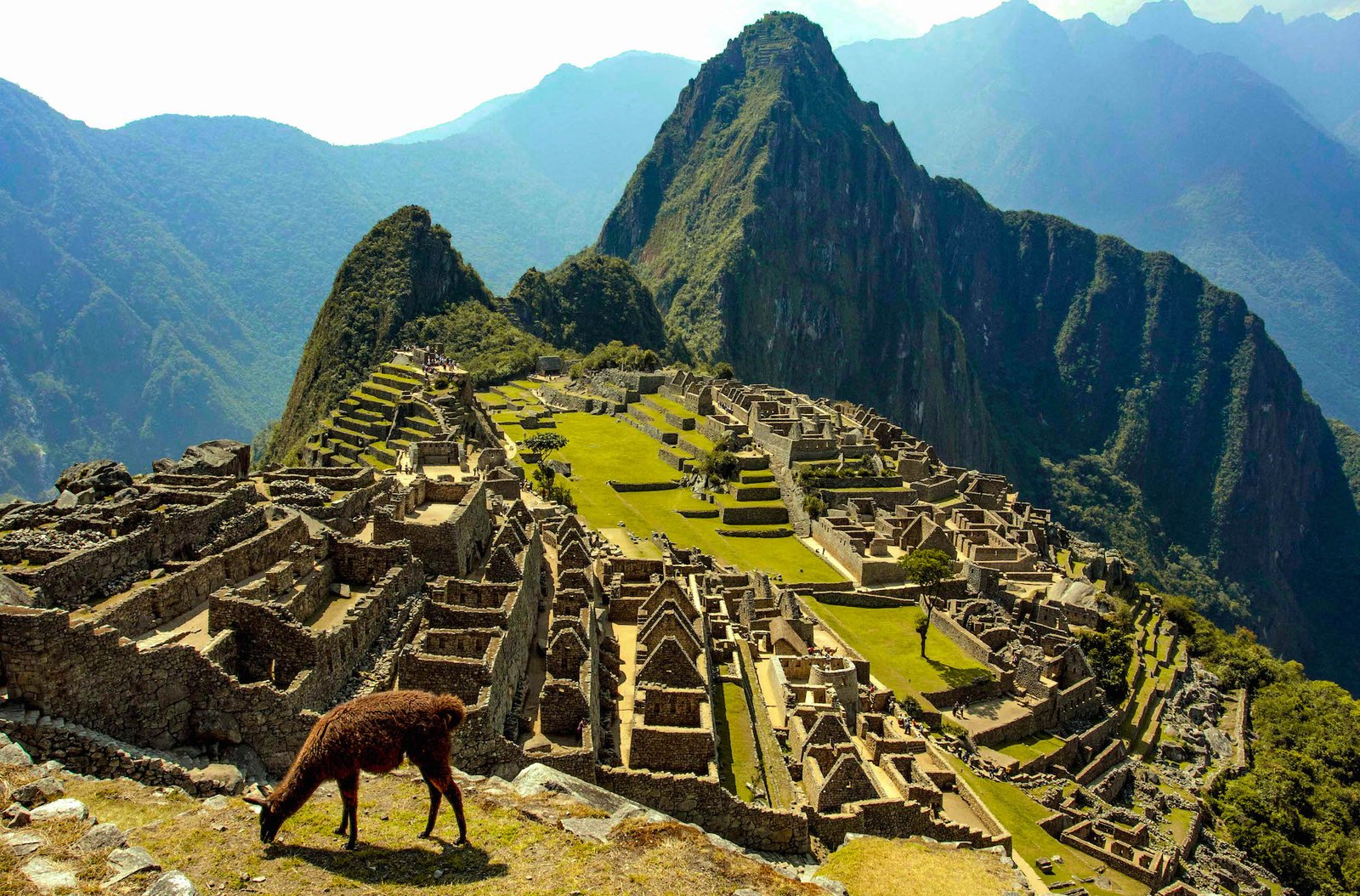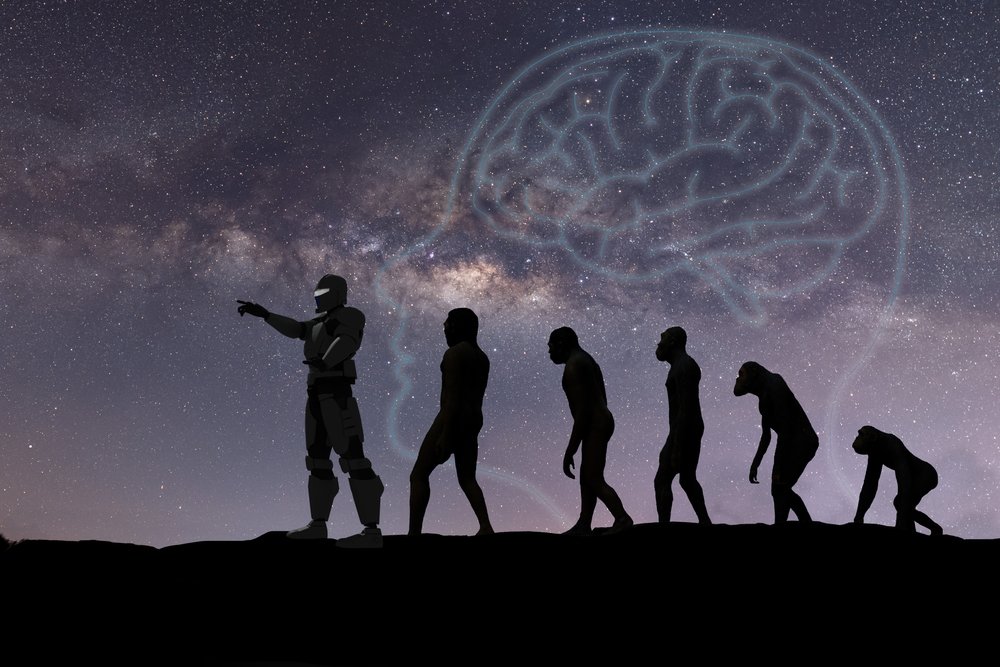Anthropology, at its core, is the study of humans and their societies, both past and present. When applied to ancient civilizations, it becomes a powerful tool for unraveling the complexities of human history and understanding how early societies formed, flourished, and sometimes faded into obscurity. The study of ancient civilizations through the lens of anthropology helps us piece together the story of humanity, offering invaluable insights into our shared heritage and the evolution of human culture.
What is Anthropology?
Anthropology is a diverse field, encompassing various sub-disciplines that collectively aim to understand human beings in their entirety. The four primary branches of anthropology are:
- Cultural Anthropology: This branch focuses on the cultural aspects of human societies, such as traditions, rituals, and social norms. Cultural anthropologists often conduct fieldwork, immersing themselves in the communities they study to gain an in-depth understanding of cultural practices.
- Archaeology: Often confused with anthropology itself, archaeology is a sub-field that studies past human societies primarily through their material remains—artifacts, architecture, and landscapes. It’s through archaeology that we gain a tangible link to ancient civilizations.
- Biological Anthropology: Also known as physical anthropology, this branch studies the biological and evolutionary aspects of humans, including genetics, human evolution, and primatology.
- Linguistic Anthropology: This sub-field examines the role of language in human societies, how languages evolve, and their impact on social life and cultural identity.
The Role of Anthropology in Understanding Ancient Civilizations
Anthropology plays a crucial role in shedding light on the mysteries of ancient civilizations. Anthropologists and archaeologists collaborate to piece together fragments of the past, using a variety of methods and tools. They examine artifacts, study ancient texts, and analyze the remains of human settlements to reconstruct a picture of life in ancient times.
Technology has revolutionized this process. Modern tools like ground-penetrating radar, satellite imagery, and 3D modeling allow researchers to uncover hidden sites and understand ancient landscapes without the need for intrusive digging. DNA analysis has also opened new avenues for studying ancient populations, their movements, and their interactions.
The Evolution of Early Human Societies
Human history began with small, nomadic bands of hunter-gatherers. These early societies were highly mobile, following animal herds and seasonal plant growth. Over time, the development of agriculture marked a turning point, allowing people to settle in one place and form more complex, stable societies. This shift from a nomadic to a sedentary lifestyle paved the way for the birth of agrarian societies.
With agriculture came the rise of urban centers. Villages grew into towns and eventually cities, becoming hubs of trade, culture, and political power. These urban centers were the birthplaces of the world’s first civilizations, where human ingenuity flourished in the form of monumental architecture, writing systems, and complex social hierarchies.
Key Ancient Civilizations and Their Contributions
Mesopotamia: The Cradle of Civilization
Often referred to as the cradle of civilization, Mesopotamia was home to some of the earliest urban societies. The Sumerians, Akkadians, Babylonians, and Assyrians all contributed to a rich cultural and technological heritage. One of the most significant contributions was the invention of cuneiform writing, one of the earliest writing systems, which enabled the recording of laws, economic transactions, and literature, including the famous Epic of Gilgamesh.
Ancient Egypt: The Gift of the Nile
Egyptian civilization thrived along the banks of the Nile River, benefiting from its predictable flooding, which enriched the soil and supported agriculture. The Egyptians are renowned for their monumental architecture, including the pyramids and the Sphinx, as well as their intricate system of religious beliefs and practices. The Rosetta Stone, which helped scholars decipher Egyptian hieroglyphs, stands as a testament to their sophisticated system of writing.
The Indus Valley Civilization
The Indus Valley Civilization, which flourished around 2500 BCE in what is now Pakistan and northwest India, was remarkable for its advanced urban planning. Cities like Harappa and Mohenjo-Daro were laid out in a grid pattern and featured sophisticated drainage systems. Despite its achievements, the script of the Indus Valley remains undeciphered, leaving much about this civilization shrouded in mystery.
Ancient China
Ancient China is notable for its continuous cultural evolution and influence on East Asia. Contributions such as the development of Confucianism and Taoism shaped not only Chinese society but also much of the surrounding region. Technological innovations like paper, gunpowder, and the compass are testaments to their ingenuity.
Mesoamerica: The Maya and the Aztec
In Mesoamerica, the Maya civilization made significant advancements in astronomy and mathematics, developing a complex calendar system and sophisticated writing. The Aztecs, who came to prominence later, were known for their grand city of Tenochtitlán and their complex societal organization. Both civilizations left a profound legacy, influencing subsequent cultures in the Americas.
Archaeological Discoveries That Changed Our Understanding
Several archaeological discoveries have dramatically reshaped our understanding of ancient civilizations:
- The Rosetta Stone: Discovered in 1799, this artifact was key to deciphering Egyptian hieroglyphs, unlocking the secrets of ancient Egyptian writing and culture.
- The Terracotta Army: Found in 1974 near the tomb of China’s first emperor, Qin Shi Huang, this vast army of clay soldiers provides insight into the military power and artistry of the Qin Dynasty.
- Machu Picchu: This Incan site, rediscovered in 1911, reveals much about the Incan Empire’s architectural ingenuity and spiritual life.
Interpreting Artifacts and Their Significance
Artifacts, from simple stone tools to intricate works of art, are windows into the lives of ancient peoples. They help us understand not just how these people lived, but how they thought, what they valued, and how they related to their environment and each other.
Tools and technologies show us the practical aspects of daily life—what people ate, how they built their homes, and how they defended themselves. Art and symbolism, on the other hand, reveal the abstract elements of their cultures, including their beliefs, social structures, and even their political systems. Burial practices offer particularly rich insights, as they reflect beliefs about the afterlife, social status, and cultural identity.
The Importance of Context in Archaeology
Understanding the context of archaeological finds is crucial. The stratigraphy of a site—how different layers of earth build up over time—can tell us the relative ages of artifacts. Dating methods, such as radiocarbon dating, provide more precise timelines. However, looting and the illegal trade in antiquities can strip artifacts of their context, making it difficult, if not impossible, to understand their original significance.
Theories and Debates in Anthropology
Anthropologists and archaeologists often debate the causes behind the rise and fall of civilizations. Some theories suggest that environmental factors, such as climate change or natural disasters, played a crucial role. Others point to human factors, like warfare, economic collapse, or political instability. The debate over cultural diffusion versus independent invention also persists: Did similar innovations arise independently in different parts of the world, or did they spread from one culture to another?
The Impact of Climate and Geography on Ancient Societies
Climate and geography profoundly influenced where and how ancient civilizations developed. The availability of resources, the fertility of the land, and the proximity to water all dictated where people could settle and thrive. In some cases, environmental challenges, such as prolonged droughts or resource depletion, may have contributed to the decline of civilizations, as seen in the case of the Mayans or the inhabitants of Easter Island.
The Role of Language in Ancient Civilizations
Language is a fundamental aspect of cultural identity and social organization. Ancient languages, whether spoken or written, facilitated the administration of complex societies, the transmission of knowledge, and the expression of cultural values. The deciphering of ancient languages, such as Egyptian hieroglyphs or the cuneiform script of Mesopotamia, has been crucial in understanding these societies.
Religion and Mythology in Ancient Cultures
Religion and mythology were central to the worldview of ancient peoples. They provided explanations for natural phenomena, justified political authority, and reinforced social norms. In many ancient societies, religion was inseparable from governance. The pharaohs of Egypt, for example, were considered gods on Earth, and the kings of Mesopotamia often claimed divine sanction for their rule. Mythology, from the epic tales of Homer to the legends of the Norse gods, reflects the hopes, fears, and values of the societies that created them.
Lessons from Ancient Civilizations for Modern Society
Studying ancient civilizations is not just about understanding the past; it’s also about learning lessons for the present and future. Ancient societies grappled with many of the same issues we face today—resource management, social inequality, environmental change, and political stability. Their successes and failures can provide valuable insights into how we might address these challenges in our own time.
By studying how ancient civilizations rose, thrived, and sometimes fell, we gain a deeper understanding of human nature and the forces that shape our world. In a sense, the past is a mirror, reflecting not just where we have been, but also where we might be headed.
Conclusion
Anthropology and the study of ancient civilizations offer a fascinating glimpse into the tapestry of human history. By piecing together the fragments of our past, we not only uncover the mysteries of ancient societies but also learn more about ourselves



